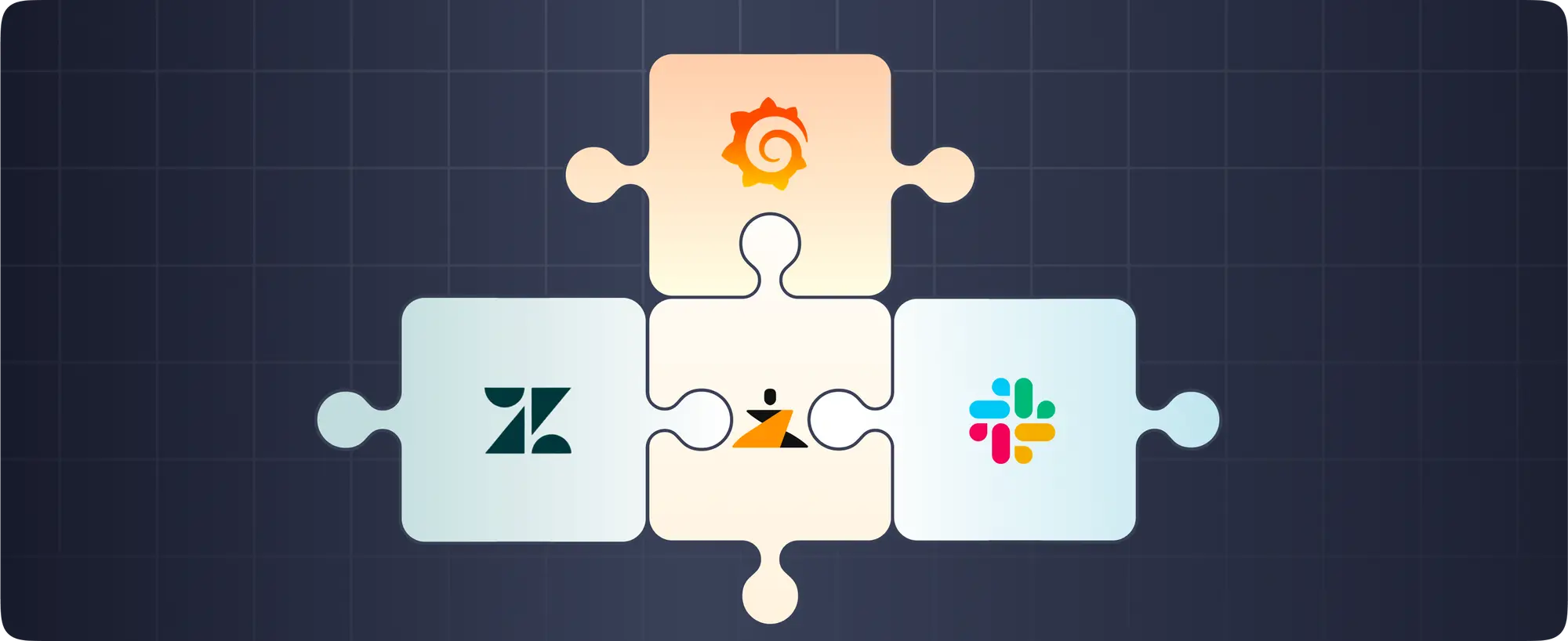What should you choose? Docker Swarm vs Kubernetes
Since the introduction of containerisation by Linux many years ago, maturity has shifted from the traditional virtual machine to these containers. These tools have made application development much easier than the initial process.
Docker Swarm and Kubernetes came into action when the number of containers increased within a system, they helped orchestrate these containers. A question that arises is, which one is the better option? Both the powerhouses have shown great results in managing multiple containers and work effortlessly with Docker. However, deciding which container orchestrator depends entirely on your needs and liking.
What is Docker Swarm?
Docker Swarm is a tool used for compressing and setting up Docker containers. Through Swarm, developers can administer and authorize multiple hosts to a single manageable host. It is widely known for its speed and user-friendly application.
As a software, Docker Swarm works great with fewer containers - consisting of a much simpler and smaller architecture.
Benefits of Docker Swarm :
- Installation is quick and easy
- An open-source platform that work efficiently with Docker containers
- Ideal for simple and small architectures
Drawbacks of Docker Swarm :
- Limited to Docker containers
- Unable to manage complex programs
What is Kubernetes?
Kubernetes, otherwise known as K8s, is a strong open-sourced platform for managing complicated architectures, automating the host clusters, and monitoring the system’s performance using a built-in GUI. This powerhouse was built by Google and instantly became the top container orchestration tools.
This software is easily compatible with all architectural deployments and works by organizing containers as logistical units which can further be used to correspond individually. The channel has high portability through all its systems while also growing.
Benefits of Kubernetes:
- It works efficiently with all the operating systems
- Is able to manage simple to complex architectures
- An open-sourced platform by Google, making it easily trustable.
- High scalability
- High portability
- Immense room for growth
- Automated deployment
- Widely popular with a large community of users.
Drawbacks of Kubernetes:
- Needs separate tools to Compose and Command Liner Interface
- The installation and setup could be complicated
Docker Swarm vs. Kubernetes Differences & Similarities
Since both the open-sourced platforms are container orchestration tools, they both hold many similarities. However, they both tend to shine on different features.
This comparison would help you decide which software would work best for you
The installation
As mentioned earlier, Docker Swarm has a much simpler and quicker installation process. It is easy to learn as it requires less technical education. On the other hand, Kubernetes has a much more complex installation process and requires high-level learning. In regards to this, many believe this could be the reason Kubernetes are able to handle complex infrastructures. Once the initial setup is finished, the software proves to be strong and far faster than Docker Swarm.
In conclusion: Docker Swarms are easier to install.
Scalability
Both the software allow you to easily scale your infrastructures according to your needs. Although Kubernetes automates scaling which adjusts itself depending on the traffic, however, the process could be slow. Swarms, on the other hand, require you to scale them manually.
In Conclusion: Both are scalable. Kubernetes are automatic and Swarms are manual.
GUI (Graphical User Interface)
Docker Swarm does not have their own built-in GUI, hence third-party tools are used as a supplement. However, Kubernetes has a built-in GUI which needs to be installed and set-up which allows easy scalability and deployment to individual applications, along with monitoring other clusters. UI dashboard functionality is limited as compared to kubectl (cli).
In conclusion: Kubernetes has its own built-in GUI.
Logging & Monitoring
Both the platforms come with logging and monitoring applications however, they differ in levels. While Docker Swarm comes with a very basic server tool, you would require third party apps to do most of the monitoring. In addition, there are various third party monitoring tools to add additional key metrics.
Most of the logging and monitoring in kubernetes is through open source tools backed by great communities. Kubernetes doesn’t have its own logging and monitoring. Almost the same goes for swarm too. [Third party or paid tools can also be used for logging and monitoring like datadog, new relic, grafana, prometheus, kibana etc.]
Load Balancing
When it comes to load balancing, workloads or amount of traffic, Swarm is easy to set up and can manage low or medium load, when it comes to large or couples of million requests per second, kubernetes is ideal to manage huge work loads and can be scaled accordingly.
Future Outlook
Since November 2019, Docker Swarm users have been concerned in regards to their platform as Docker was acquired by Mirantis. However, Mirantis have released a statement in order to continue their support for Swarm, many users are still worried about the softwares future. Due to this, many users have moved to Kubernetes, as it has a large community of users and Google backing it up. Hence, it does not seem to be slowing down any time soon.
In conclusion: Kubernetes, being backed by Google, has a greater future outlook.
Author’s Note: Kubernetes is ideal for SaaS companies’ production environment that sell on the cloud whereas Docker Swarm in a similar setting is preferred for staging environment or internal hosting environment.
Docker Swarm and Kubernetes work quite similarly yet differently and have their own upsides and outsides. Which one would you choose?





